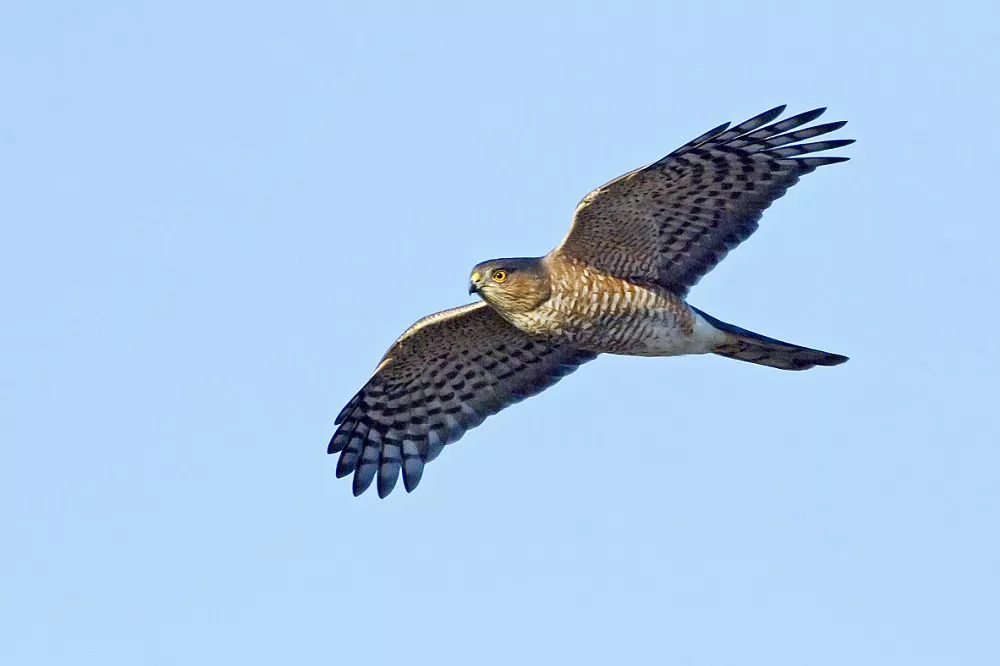Hawks are a family of birds of prey found throughout the world. These majestic birds are known for their keen eyesight, powerful talons, and aerial hunting skills. But how long do hawks live? The lifespan of hawks varies depending on the species, but in general, hawks can live for several decades with proper care and protection.
Hawk Lifespan:
The lifespan of hawks varies depending on the species, with some living only a few years and others living for several decades. In general, smaller hawks tend to have shorter lifespans than larger hawks.
The American Kestrel, for example, has an average lifespan of around 5-6 years, like the Cooper’s hawk, have a lifespan of around 12 years in the wild, while the Red-tailed Hawk can live up to 20 years in the wild. The Ferruginous Hawk, one of the largest hawks in North America, can live up to 25 years. Captive hawks can live even longer, with some living up to 30 years or more.
Factors Affecting Hawk Lifespan:
- 1. Habitat Loss and Degradation
There are several factors that can affect the lifespan of hawks. One of the most important factors is habitat loss and degradation. Hawks rely on large areas of habitat to hunt and nest, and as these habitats are destroyed or fragmented, their populations can decline. This can also reduce the availability of prey, which can impact their survival and lifespan.
- 2. Hunting
Another important factor is hunting pressure. Many species of hawks are still hunted for sport or food, despite conservation efforts. Hunting can directly reduce the population of hawks, as well as increase stress and reduce reproductive success, both of which can impact their lifespan.
- 3. Disease and parasites
Disease and parasites can also affect the lifespan of hawks. Some diseases, like West Nile virus and avian flu, can be fatal to hawks, while others can weaken them and make them more vulnerable to predation or other threats. Parasites like mites and lice can also weaken hawks and reduce their lifespan.
In addition to these threats, hawks also face other challenges like collisions with buildings and vehicles, pollution, and climate change. However, with proper protection and management, many species of hawks can thrive and live long, healthy lives.
Breeding:
Hawks typically reach sexual maturity between 1-3 years of age, depending on the species. After mating, the female will lay a clutch of eggs, which she will incubate for several weeks until they hatch. The young hawks will remain in the nest for several weeks before fledging and leaving the nest.
Once they reach adulthood, hawks will continue to breed and raise offspring for several years. During this time, they may mate with multiple partners and produce several broods of young.
Conservation:
Many species of hawks are threatened by habitat loss, pollution, and other environmental factors. In some areas, they are also targeted by hunters and poachers. Conservation efforts, such as habitat restoration, pollution reduction, and the protection of nesting sites, are important for ensuring the survival of hawks and other birds of prey.
In conclusion, the lifespan of hawks varies depending on the species, with some living for over 20 years in the wild and even longer in captivity. However, their lifespan can be impacted by habitat loss and degradation, hunting pressure, disease and parasites, and other threats. By protecting their habitat and managing these threats, we can help ensure that hawks continue to thrive and live long, healthy lives.


 Facebook
Facebook  Instagram
Instagram  Youtube
Youtube 